Big cats, majestic and awe-inspiring, have roamed the Earth for millions of years. Their presence in the wild is not just a testament to nature’s grandeur but also a crucial element of ecosystem health. As top predators, big cats play a pivotal role in maintaining balance in various ecosystems, from the dense jungles of India to the vast savannas of Africa. However, despite their importance, big cats face numerous threats that endanger their survival. Understanding their role and implementing measures to protect them is vital for preserving the delicate balance of our natural world.
The Role of Big Cats in the Food Chain
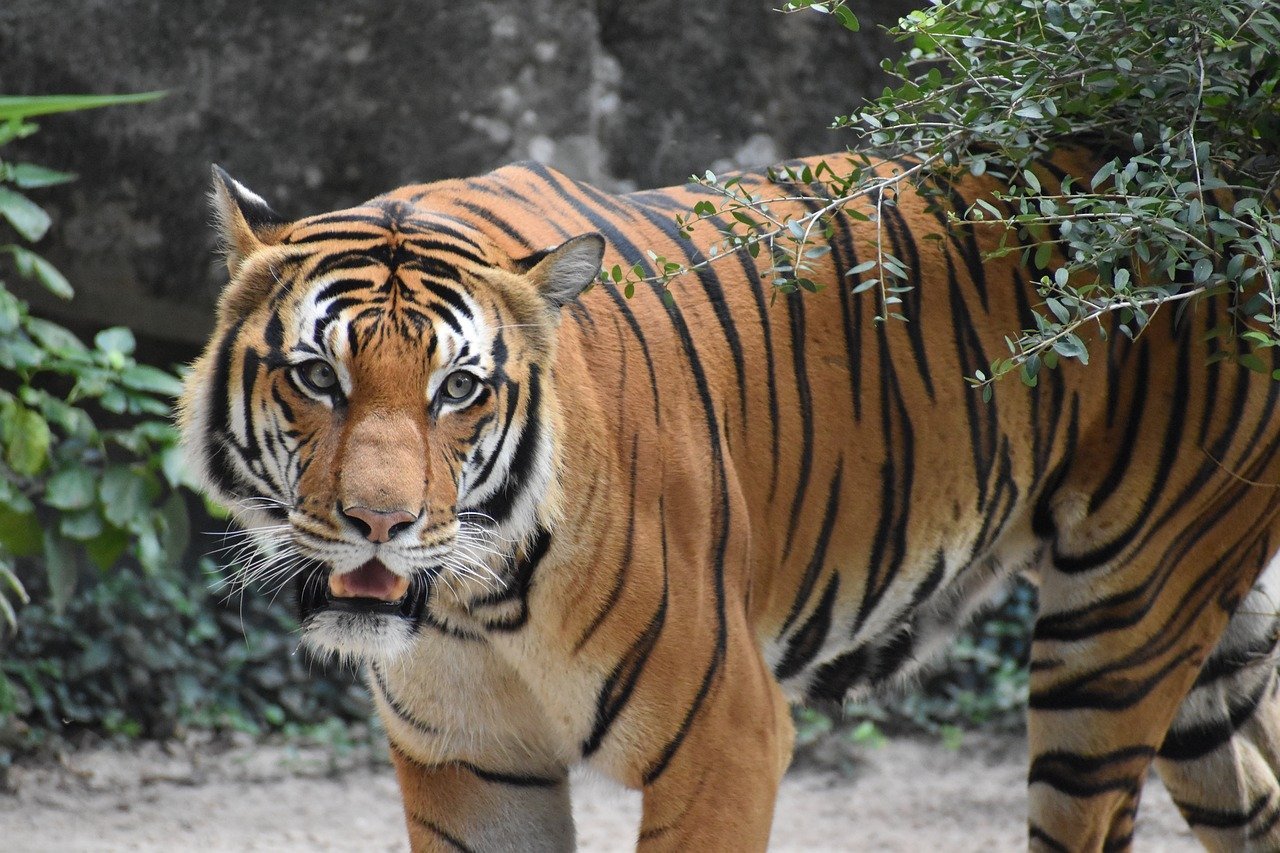
Big cats such as lions, tigers, leopards, and jaguars are apex predators, sitting at the top of the food chain. This position means they have few natural enemies and play a key role in controlling the populations of their prey. By preying on herbivores, they help prevent overgrazing, which maintains the health of vegetation and supports biodiversity. Imagine a gardener who trims overgrown branches to allow sunlight to nourish the plants below. Similarly, big cats keep the ecosystem in check, ensuring that no single species dominates and disrupts the natural harmony.
Impact on Biodiversity
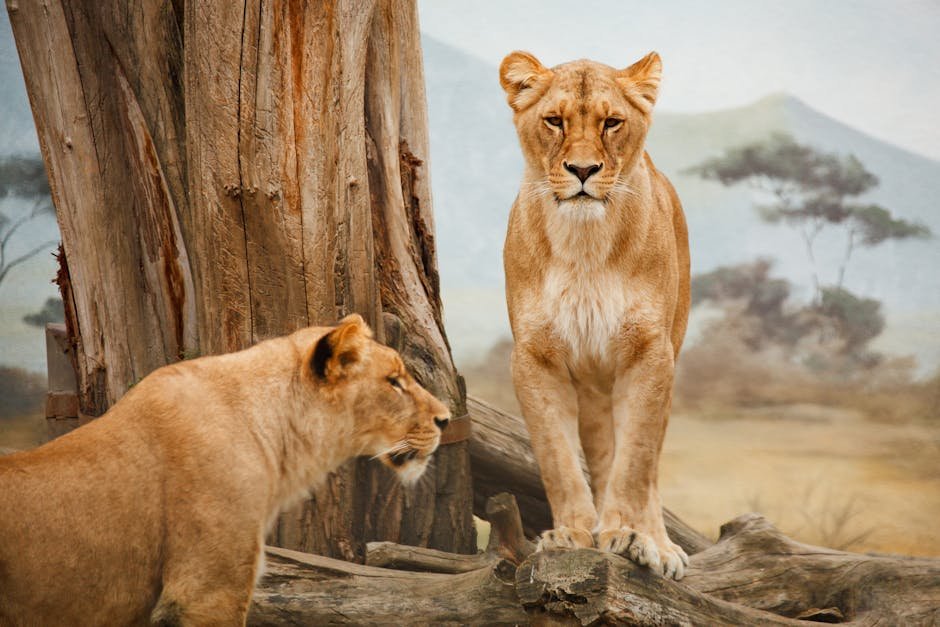
The presence of big cats often indicates a rich and thriving biodiversity. Their predatory habits encourage a variety of species to adapt and evolve, creating a dynamic and resilient ecosystem. For instance, in areas where big cats thrive, prey animals develop keen senses and swift reflexes as survival mechanisms. These adaptations lead to a rich tapestry of life, with each species playing a unique role. The loss of big cats can lead to a domino effect, where the absence of a top predator causes imbalances that ripple through the environment, potentially leading to the decline of multiple species.
Threats Facing Big Cats
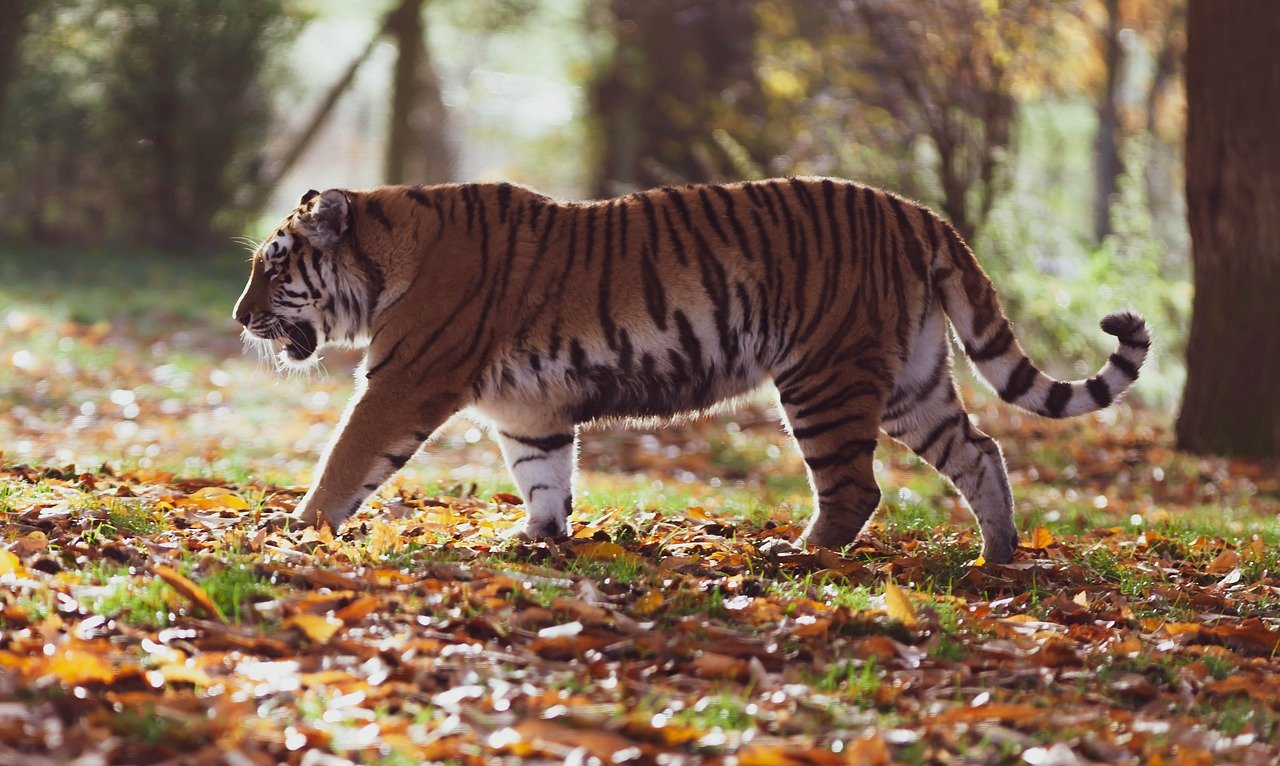
Unfortunately, big cats face numerous threats that jeopardize their existence. Habitat loss due to deforestation and human encroachment is one of the most significant challenges. As human populations expand, the natural habitats of big cats shrink, leading to conflicts and reduced territories. Poaching and illegal wildlife trade also pose severe threats, as these magnificent animals are hunted for their skins, bones, and other body parts. Climate change further exacerbates these issues by altering habitats and prey availability, making survival even more challenging for big cats.
Conservation Efforts and Success Stories
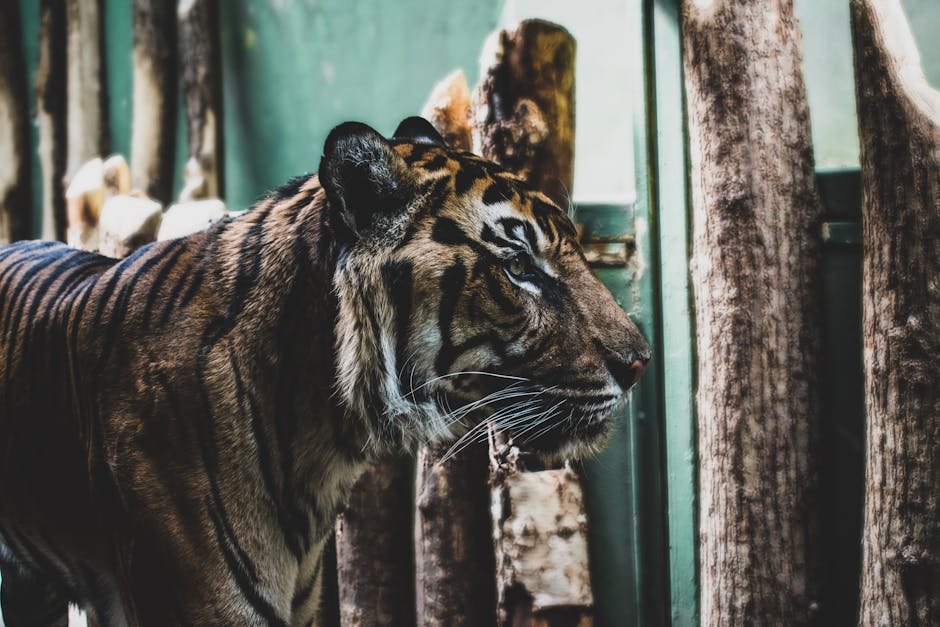
Despite these challenges, there are numerous conservation efforts aimed at protecting big cats. Organizations worldwide are working tirelessly to preserve habitats, enforce anti-poaching laws, and raise awareness about the importance of big cats. For example, the Bengal Tiger population in India has seen a resurgence due to dedicated conservation programs and government initiatives. Similarly, community-based projects in Africa have successfully reduced human-wildlife conflict, allowing lions and leopards to coexist with local populations. These success stories highlight the potential for positive change when communities, governments, and conservationists unite for a common cause.
How Individuals Can Contribute
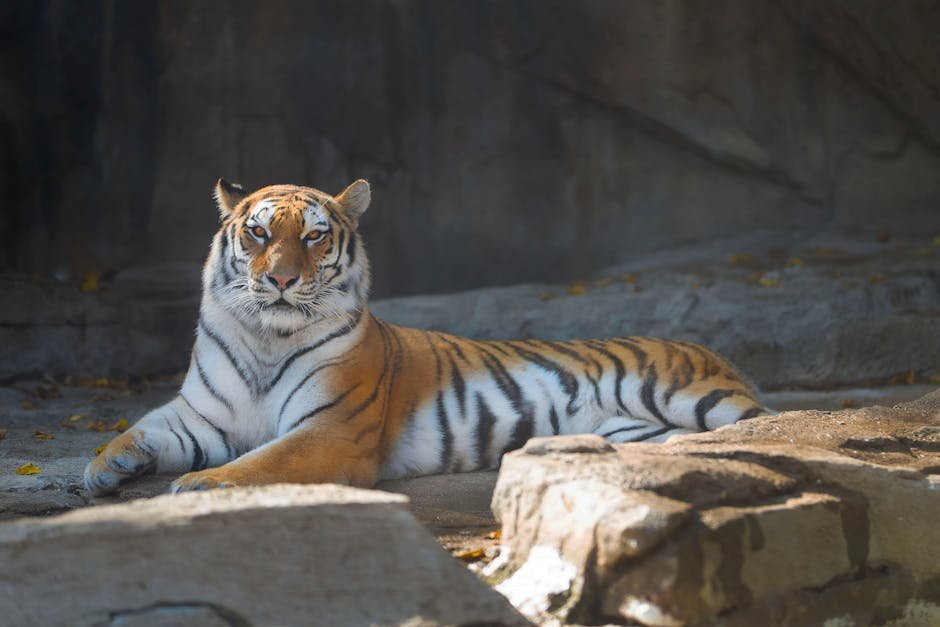
Every individual can play a part in protecting big cats and their habitats. Supporting reputable conservation organizations through donations or volunteer work is an excellent way to contribute. Educating oneself and others about the importance of big cats in the ecosystem is another crucial step. By advocating for sustainable practices and responsible tourism, individuals can help reduce the human impact on these majestic creatures. Imagine a ripple effect, where small actions collectively create significant change, ensuring a future where big cats continue to roam free and majestic.
Innovative Solutions for Future Protection
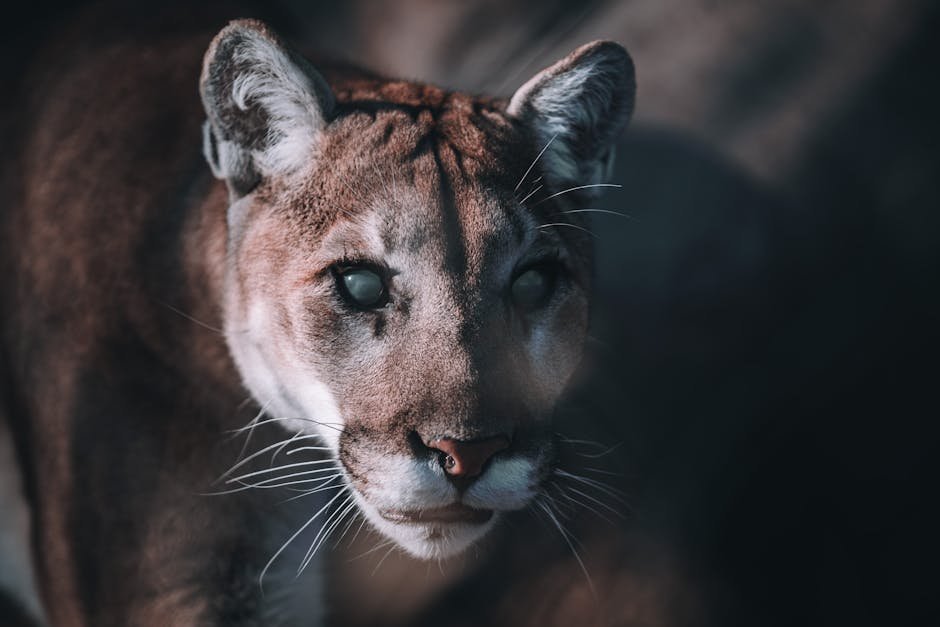
Looking forward, innovative solutions are essential for the continued protection of big cats. Technology plays a pivotal role, with drones and camera traps providing invaluable data for monitoring populations and poaching activities. Community involvement is key, with local populations being empowered to protect their natural heritage. Education programs that emphasize the value of biodiversity and the role of big cats can foster a sense of stewardship among younger generations. By embracing a holistic approach that combines technology, community, and education, we can create a sustainable future for big cats and the ecosystems they inhabit.

Growing up traveling and experiencing new cultures and wonders, I have had a passion for nature, adventuring, photography, and videography. I am currently working towards a BSc in Biodiversity and Ecology at Stellenbosch University, and I hope to specialise in Marine Sciences one day.
Please send any feedback to Feedback@animalsaroundtheglobe.com






